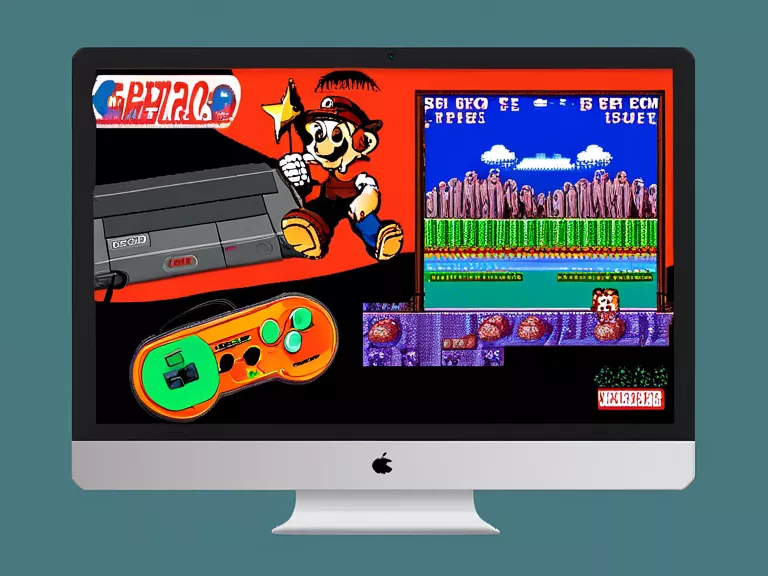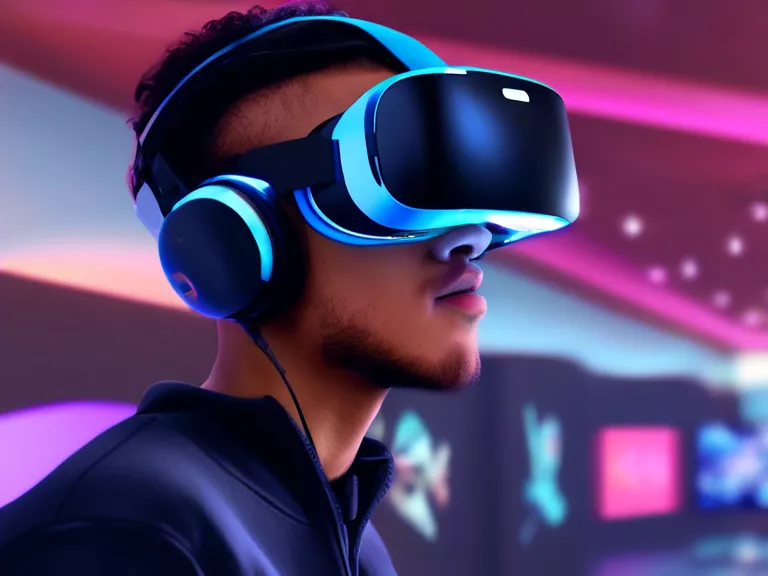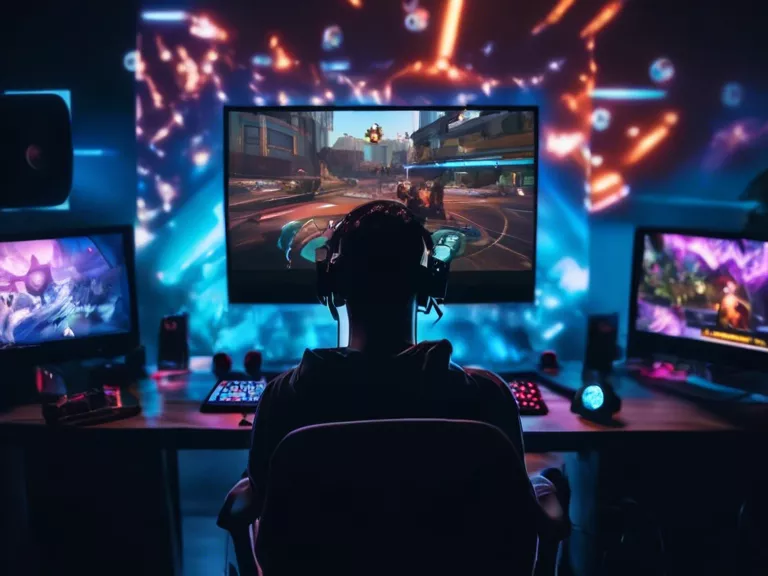
In the ever-evolving world of gaming, one aspect that has seen significant transformation in recent years is in-game advertising. As technology continues to advance and player expectations evolve, advertisers are looking for more innovative and effective ways to reach their target audience. Enter AI-driven, contextual, and seamless in-game advertising – the future of marketing in the gaming industry.
AI-driven advertising is poised to revolutionize the way brands engage with gamers. By leveraging machine learning algorithms, advertisers can analyze player behavior, preferences, and in-game actions to deliver highly targeted ads. This not only enhances the relevance of ads but also improves the overall gaming experience by ensuring that advertisements are seamlessly integrated into the gameplay.
Contextual advertising takes AI-driven targeting a step further by delivering ads that are tailored to the specific context of the game. For example, a sports drink brand may choose to advertise its product during a virtual basketball game, where players are likely to be engaged and interested in sports-related content. By aligning ad placements with the game environment, advertisers can increase engagement and drive better results.
Seamless integration is another key component of the future of in-game advertising. Gone are the days of intrusive pop-up ads that disrupt gameplay. Instead, advertisers are focusing on integrating their messaging organically into the gaming experience. This can take the form of sponsored in-game items, branded virtual environments, or even narrative-driven product placements. By blending advertising seamlessly into the game world, brands can connect with players in a way that feels natural and unobtrusive.
In conclusion, the future of in-game advertising is bright, thanks to advancements in AI technology, contextual targeting, and seamless integration. By embracing these innovative approaches, advertisers can create more engaging and relevant experiences for gamers while driving meaningful results for their brands. As the gaming industry continues to grow, the potential for in-game advertising to reach and resonate with audiences will only expand.



